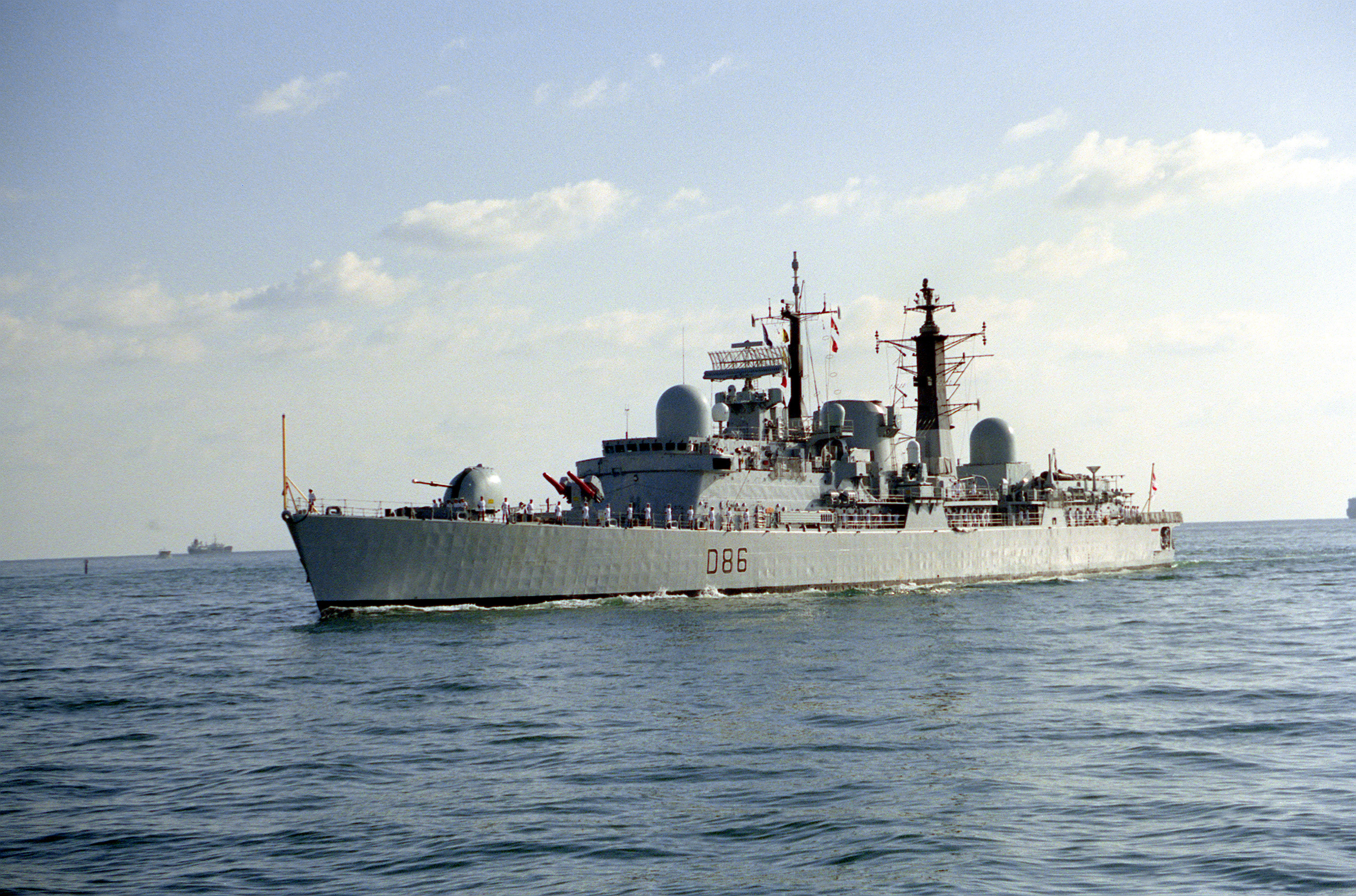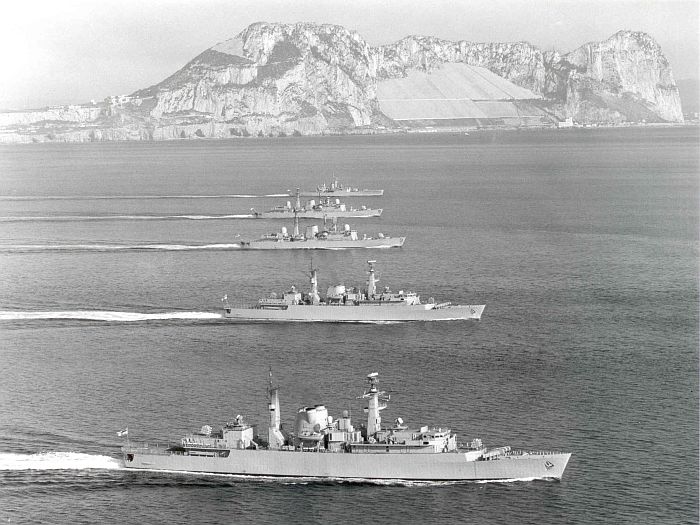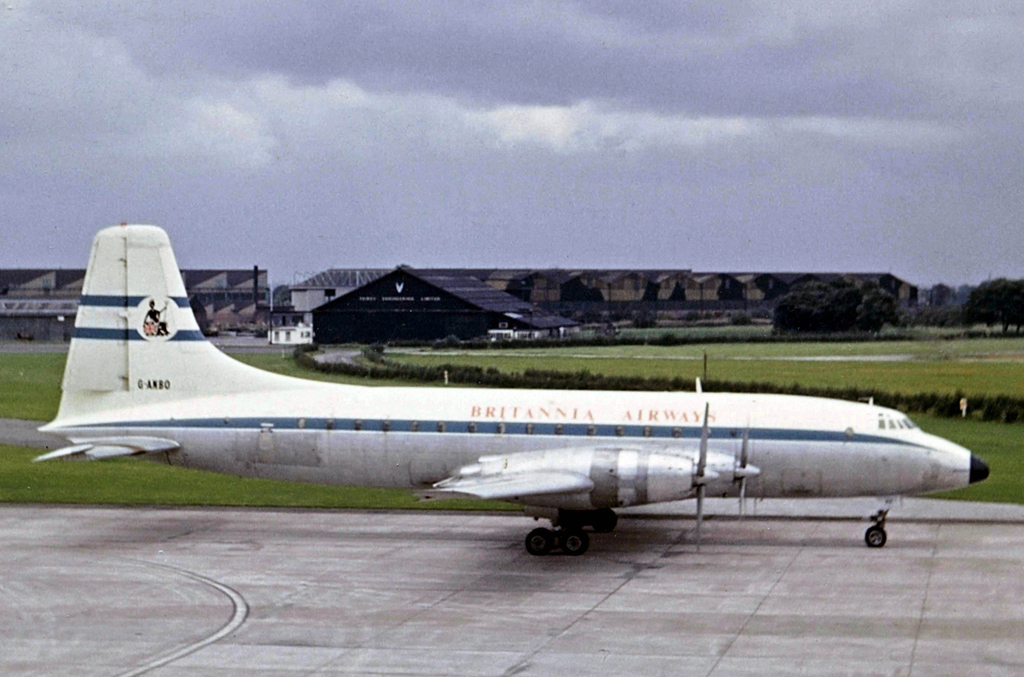|
COGOG
Combined gas or gas (COGOG) is a propulsion system for ships using gas turbine engines. System A high efficiency, low output turbine is used for cruising speeds with a high output turbine being used for high-speed operations. A clutch allows either turbine to be selected, but there is no gearbox to allow operation of both turbines at once. This has the advantage of not requiring heavy, expensive and potentially unreliable gearboxes. The reason that a smaller turbine is used for cruising is that a small turbine running at 100% power is more fuel efficient than a bigger turbine running at 50% power. The system is currently used in the 2 ships of the Russian Navy's s, the Japanese Maritime Self-Defense Force's Hatsuyuki-class destroyers, and the Royal Netherlands Navy s (on which the Greek Navy s are based). It was formerly used in the Royal Navy's Type 42 destroyer and Type 22 frigate, as well as the Royal Canadian Navy's ''Iroquois''-class destroyer. Development Having pre ... [...More Info...] [...Related Items...] OR: [Wikipedia] [Google] [Baidu] |
Type 22 Frigate
The Type 22 frigate also known as the ''Broadsword'' class was a ship class, class of frigates built for the British Royal Navy. Fourteen were built in total, with production divided into three batches. Initially intended to be anti-submarine warfare frigates as part of NATO contribution, the ships became general purpose warships. HMS Cornwall (F99), HMS ''Cornwall'' was the last Royal Navy Type 22 frigate, retired from service on 30 June 2011. Five Type 22s were scrapped and two more were sunk as targets. The seven other vessels were sold to the Brazilian Navy, Brazilian, Romanian Naval Forces, Romanian and Chilean Navy, Chilean navies; four of these remain in service, one was sunk as a target, one laid up, and one sold for scrap. Ship naming ''Broadsword'', ''Boxer'' It was originally envisaged that all Type 22s would have names beginning with 'B' (''Broadsword'', etc.), following the 'A' names used for Type 21 frigates (''Amazon'', etc.). This changed after the Falklands ... [...More Info...] [...Related Items...] OR: [Wikipedia] [Google] [Baidu] |
Type 42 Destroyer
The Type 42 or ''Sheffield'' class was a class of fourteen guided-missile destroyers that served in the Royal Navy.Marriott, Leo: ''Royal Navy Destroyers since 1945'', , Ian Allan Ltd, 1989 A further two ships of this class were built for and served with the Argentine Navy. The first ship of the class was ordered in 1968 and launched in 1971. Two of the class (''Sheffield'' and ''Coventry'') were lost to enemy action during the Falklands War of 1982. The Royal Navy used this class of destroyer for 38 years between 1975 and 2013. No ships of this class remain active in the Royal Navy and both have also been retired from the Argentine Navy. The Royal Navy has replaced them with Type 45 destroyers. History The class was designed in the late 1960s to provide fleet area air defence. In total fourteen vessels were constructed in three batches. In addition to the Royal Navy ships, two more ships were built to the same specifications as the Batch 1 vessels for the Argentine Navy. ... [...More Info...] [...Related Items...] OR: [Wikipedia] [Google] [Baidu] |
Type 21 Frigate
The Type 21 frigate, or ''Amazon''-class frigate, was a British Royal Navy general-purpose escort that was designed in the late 1960s, built in the 1970s and served throughout the 1980s into the 1990s. Development In the mid-1960s, the Royal Navy (RN) had a requirement for a replacement for the diesel-powered (Type 41) anti-aircraft frigates and (Type 61) air direction frigates. While the Royal Navy's warships were traditionally designed by the Ministry of Defence's Ship Department based at Bath, private shipyards (in particular Vosper Thorneycroft) campaigned for the right to design and build a ship to meet this requirement. Vospers claimed that, by ignoring what they claimed to be the conservative design practices followed by the MoD team at Bath, they could deliver the new frigate at a significantly lower price (£3.5 million compared with the £5 million price of the contemporary ), while being attractive to export customers.Gardiner and Chumbley 1995, p. 522.Preston 2002 ... [...More Info...] [...Related Items...] OR: [Wikipedia] [Google] [Baidu] |
Hatsuyuki-class Destroyer
The is a class of destroyer, serving with the Japan Maritime Self-Defense Force (JMSDF). It was the first class of first generation of general-purpose destroyers of the JMSDF. Background Destroyers of the JMSDF had been divided into two series, anti-aircraft gunfire-oriented destroyers (DDA) and ASW-oriented destroyers (DDK). However, in the 1970s, a drastic review of the fleet became necessary due to the enhancement of the Soviet submarine fleet and the reinforcement of the anti-ship missiles. After consideration by Operations research, the concept of eight ships / eight helicopters was adopted as a new fleet organization. In this concept, each flotillas would be composed of one helicopter destroyer (DDH), five general-purpose destroyers (DD), and two guided-missile destroyers (DDG). are a new type of destroyers for this concept, combining the anti-aircraft capability of the DDA and the anti-submarine capability of the DDK, while also capable of operating missiles and hel ... [...More Info...] [...Related Items...] OR: [Wikipedia] [Google] [Baidu] |
Frigate
A frigate () is a type of warship. In different eras, the roles and capabilities of ships classified as frigates have varied. The name frigate in the 17th to early 18th centuries was given to any full-rigged ship built for speed and maneuverability, intended to be used in scouting, escort and patrol roles. The term was applied loosely to ships varying greatly in design. In the second quarter of the 18th century, what is now generally regarded as the 'true frigate' was developed in France. This type of vessel was characterised by possessing only one armed deck, with an unarmed deck below it used for berthing the crew. Late in the 19th century (British and French prototypes were constructed in 1858), a type of powerful ironclad warships was developed, and because they had a single gun deck, the term 'frigate' was used to describe them. Later developments in ironclad ships rendered the 'frigate' designation obsolete and the term fell out of favour. During the Second World War ... [...More Info...] [...Related Items...] OR: [Wikipedia] [Google] [Baidu] |
Falklands War
The Falklands War () was a ten-week undeclared war between Argentina and the United Kingdom in 1982 over two British Overseas Territories, British dependent territories in the South Atlantic: the Falkland Islands and Falkland Islands Dependencies, its territorial dependency, South Georgia and the South Sandwich Islands. The conflict began on 2 April 1982, when 1982 invasion of the Falkland Islands, Argentina invaded and Occupation of the Falkland Islands, occupied the Falkland Islands, followed by the invasion of South Georgia the next day. On 5 April, the British government dispatched a British naval forces in the Falklands War, naval task force to engage the Argentine Navy and Argentine Air Force, Air Force before making an Amphibious warfare, amphibious assault on the islands. The conflict lasted 74 days and ended with an Argentine Argentinian surrender in the Falklands War, surrender on 14 June, returning the islands to British control. In total, 649&nbs ... [...More Info...] [...Related Items...] OR: [Wikipedia] [Google] [Baidu] |
Infrared Signature
Infrared signature, as used by defense scientists and the military, is the appearance of objects to infrared sensors. An infrared signature depends on many factors, including the shape and size of the object, temperature, and emissivity, reflection of external sources ( earthshine, sunshine, skyshine) from the object's surface, the background against which it is viewed and the waveband of the detecting sensor. As such there is no all-encompassing definition of infrared signature nor any trivial means of measuring it. For example, the infrared signature of a truck viewed against a field will vary significantly with changing weather, time of day and engine loading. Two fairly successful examples of defining the infrared signature of an object are the apparent temperature difference at the sensor and the contrast radiant intensity (CRI) definitions. Apparent temperature difference The apparent temperature difference method of defining infrared signature gives the physical temperat ... [...More Info...] [...Related Items...] OR: [Wikipedia] [Google] [Baidu] |
Pratt & Whitney
Pratt & Whitney is an American aerospace manufacturer with global service operations. It is a subsidiary of RTX Corporation (formerly Raytheon Technologies). Pratt & Whitney's aircraft engines are widely used in both civil aviation (especially airliners) and military aviation. Its headquarters are in East Hartford, Connecticut.Contact Us ." Pratt & Whitney. Retrieved on January 7, 2011. "Corporate Headquarters Pratt & Whitney 400 Main Street East Hartford, CT 06108." The company is the world's second largest commercial aircraft engine manufacturer, with a 35% market share . In addition to aircraft engines, Pratt & Whitney manufactures gas turbine engines for industrial use, marine propulsion, and [...More Info...] [...Related Items...] OR: [Wikipedia] [Google] [Baidu] |
Rolls-Royce Tyne
The Rolls-Royce RB.109 Tyne is a twin-shaft turboprop engine developed in the mid to late 1950s by Rolls-Royce Limited to a requirement for the Vickers Vanguard airliner. It was first test flown during 1956 in the nose of a modified Avro Lincoln. Following company naming convention for gas turbine engines this turboprop design was named after the River Tyne. Design and development Designed in 1954 by a team under Lionel Haworth and intended as a more powerful alternative to the Rolls-Royce Dart, Dart, the RB.109 Tyne was initially designed for a power of 2,500 shp but when first run in April 1955 the engine far exceeded expectations and was soon being Type certificate, type-tested at 4,220 shp. The Tyne was developed primarily for the four-engined Vickers Vanguard airliner, the prototype first flying on 20 January 1959 equipped with four Tyne Mk.506 of 4,985 e.s.h.p. Production deliveries of the engine were made from mid-1959 onwards to power the 43 Vanguards delivered to Briti ... [...More Info...] [...Related Items...] OR: [Wikipedia] [Google] [Baidu] |
Turboprop
A turboprop is a Gas turbine, gas turbine engine that drives an aircraft Propeller (aeronautics), propeller. A turboprop consists of an intake, reduction drive, reduction gearbox, gas compressor, compressor, combustor, turbine, and a propelling nozzle. Air enters the intake and is compressed by the compressor. Fuel is then added to the compressed air in the combustor, where the Fuel mixture, fuel-air mixture then Combustion, combusts. The hot combustion gases expand through the turbine stages, generating power at the point of exhaust. Some of the power generated by the turbine is used to drive the compressor and electric generator. The gases are then exhausted from the turbine. In contrast to a turbojet or turbofan, the engine's exhaust gases do not provide enough power to create significant thrust, since almost all of the engine's power is used to drive the propeller. Technological aspects Exhaust thrust in a turboprop is sacrificed in favor of shaft power, which is obtaine ... [...More Info...] [...Related Items...] OR: [Wikipedia] [Google] [Baidu] |
Rolls-Royce Proteus
The Bristol Proteus was the Bristol Engine Company's first mass-produced gas turbine engine design, a turboprop that delivered just over 4,000 hp (3,000 kW). The Proteus was a reverse-flow gas turbine. Because the second turbine drove no compressor stages, but only the propeller, this engine was classified as a free-turbine. It powered the Bristol Britannia airliner, small naval patrol craft, hovercraft and electrical generating sets. It was also used to power a land-speed record car, the Bluebird-Proteus CN7. After the merger of Bristol with Armstrong Siddeley the engine became the Bristol Siddeley Proteus, and later the Rolls-Royce Proteus. The Proteus was to have been superseded by the Bristol Orion which would have given a Britannia a 75% increase in power for cruising faster. Design and development The Proteus was to power a very large airliner for use after the war. Design work started in September 1944 with its free turbine and propeller gearbox based o ... [...More Info...] [...Related Items...] OR: [Wikipedia] [Google] [Baidu] |






